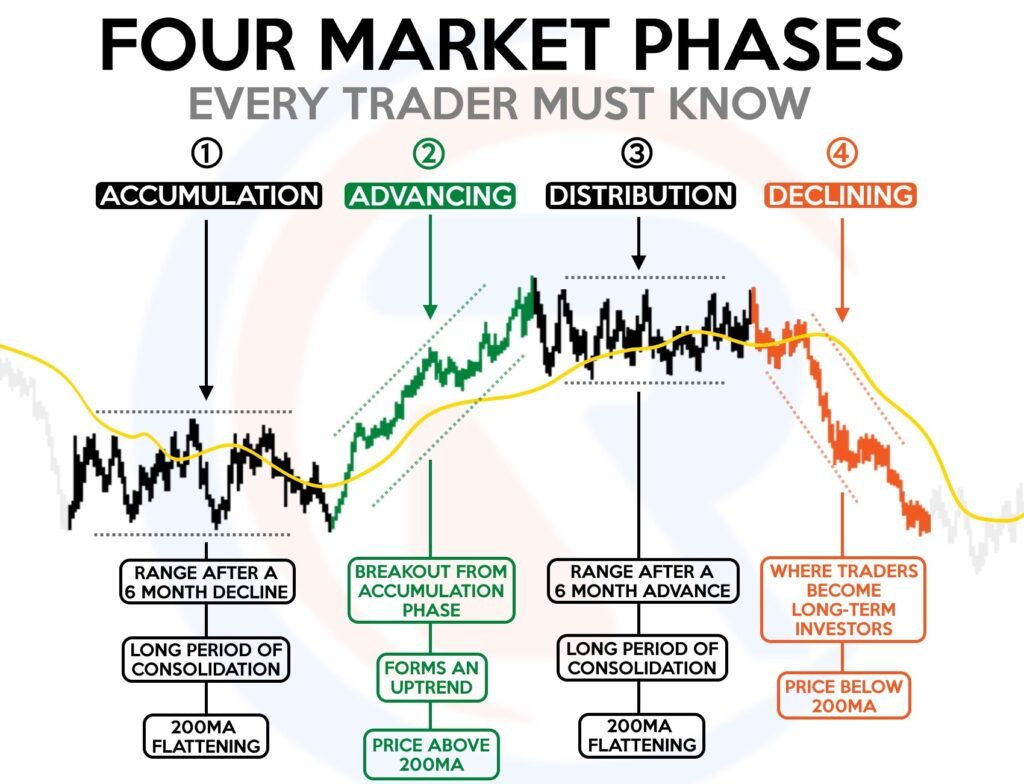
Introduction to Options Trading for Beginners
Options trading can be an exciting and profitable venture for those looking to diversify their investment portfolio. However, it can also be quite complex and intimidating for beginners. In this article, we will provide a basic overview of options trading and introduce some simple strategies that beginners can use to get started.
What are Options?
Options are financial derivatives that give the buyer the right, but not the obligation, to buy or sell an underlying asset at a predetermined price within a specific time period. The underlying asset can be stocks, commodities, currencies, or even indices. Options can be classified into two types: calls and puts.
A call option gives the buyer the right to buy the underlying asset at a specified price, known as the strike price, before the expiration date. On the other hand, a put option gives the buyer the right to sell the underlying asset at the strike price before the expiration date.
Basic Options Trading Strategies for Beginners
1. Covered Call
A covered call strategy involves selling a call option on a stock that you already own. This strategy is commonly used by investors who are looking to generate additional income from their stock holdings. By selling the call option, you receive a premium from the buyer, which provides some downside protection if the stock price decreases.
2. Protective Put
A protective put strategy involves buying a put option on a stock that you own. This strategy is used to protect against potential losses in the stock price. If the stock price decreases, the put option will increase in value, offsetting the losses in the stock.
3. Long Straddle
A long straddle strategy involves buying both a call option and a put option on the same stock with the same strike price and expiration date. This strategy is used when you expect a significant price movement in the underlying stock but are unsure of the direction. If the stock price moves significantly in either direction, one of the options will increase in value, offsetting the losses in the other option.
Factors to Consider in Options Trading
Before engaging in options trading, it is important to consider the following factors:
1. Time Decay
Options have a limited lifespan, and their value decreases as the expiration date approaches. This is known as time decay. It is important to be aware of the time decay factor when selecting options and planning your trading strategy.
2. Volatility
Volatility refers to the magnitude of price fluctuations in the underlying asset. Higher volatility generally leads to higher option prices, as there is a greater chance of the option ending up in-the-money. It is important to assess the volatility of the underlying asset before entering into an options trade.
3. Risk Management
Options trading involves risks, and it is important to manage these risks effectively. This can be done through position sizing, setting stop-loss orders, and diversifying your options portfolio. It is also advisable to start with small trades and gradually increase your position size as you gain more experience and confidence.
Conclusion
Options trading can be a lucrative investment strategy for those willing to put in the time and effort to understand the complexities of the market. By starting with basic strategies like the covered call, protective put, and long straddle, beginners can gain valuable experience and gradually expand their options trading knowledge. Remember to consider factors such as time decay, volatility, and risk management when entering into options trades. With practice and careful analysis, options trading can become a valuable tool in your investment arsenal.
